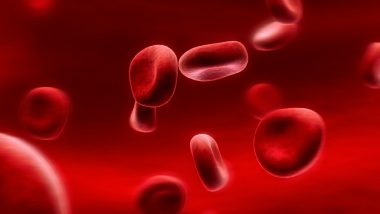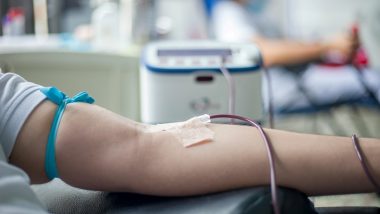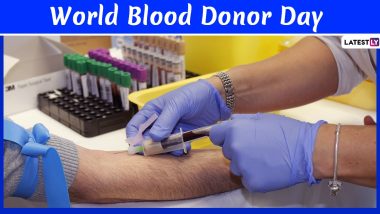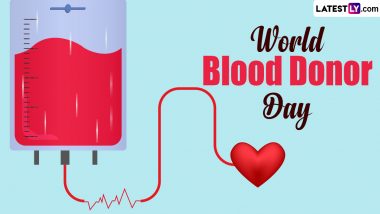World Thalassaemia Day is marked every year on May 8th to commemorate Thalassaemia victims and to encourage those who struggle to live with the disease. Thalassemia is a disease of the blood in which there is increased destruction of the red cells. The disease is common in many countries of Europe, and Asia, including India.
As of 2013, Thalassemia occurs in about 280 million people, with about 439,000 having severe disease. Hence, every year, the day is marked with a specific theme, to commemorate the sufferers. The theme for Thalassaemia Day 2020 is “The dawning of a new era for thalassemia: Time for a global effort to make novel therapies accessible and affordable to patients”. World Thalassaemia Day 2020: How to Care for a Child Suffering From this Acute Blood Disorder?.
Causes of Thalassaemia
In Thalassemias there is anemia- that is the hemoglobin in the blood is less than the normal level, this is due to the rapid breakdown of the red cells, a process called hemolysis. This can happen due to genetic defect that decreases the red cell survival.
People who inherit the defective hemoglobin genes from one parent but normal genes from the other are called carriers. Normal hemoglobin, also called hemoglobin A, has four protein chains—two alpha globin and two beta globin. The two major types of thalassemia, alpha and beta, are named after genetic defects in these protein chains and can affect both males and females.
Two genes (one from each parent) are needed to produce sufficient beta globin protein chains. Beta thalassemia occurs if one or both genes are altered. The severity of beta thalassaemia will depend on the number of affected genes. If both genes are affected it results in thalassemia major and severe anemia.
There are two genes that produce alpha globin chains. Alpha thalassemia trait occurs if one or two of the four genes are affected. Patients with 3 affected genes have hemoglobin H disease. Rarely, a very severe form of alpha thalassemia is called hydrops fetalis, this is due to defect in all the genes, such babies rarely survive.
Symptoms of Disease
Until the age of 6 months, symptoms do not occur in most of the infants suffering with beta thalassaemia and some types of alpha thalassaemia. Because it is said that neonates have a different type of haemoglobin known as fetal haemoglobin. And after 6 months normal haemoglobin starts replacing the fetal type and symptoms may begin to appear like: Kaleji Palak Health Benefits: From High Quality Protein to Increase in Haemoglobin Level, 5 Reasons To Have Mutton Liver With Spinach in Your Diet.
· Drowsiness and Fatigue
· Chest pain
· Shortness of breath
· Delayed growth
· Headaches
· Jaundice and pale skin
· Dizziness and faintness
· Greater susceptibility to infections etc.
In times of Pandemic
For the concern of Thalassemia patients, the Indian Red Cross Society( IRCS) along with the Ministry of Health in India is ensuring the supply of blood during the challenging Covid19 pandemic.
On May 4th, (IRCS) organised a Blood Donation camp where health minister Dr. Harsh Vardhan said that all the state governments have been given special instructions to ensure that the patients of Thalassemia does not have anemia.
IRCS NHQ Blood Bank is taking all precautions to ensure the safety of patients. Their helpline to call the 24x7 control room for need/ donation of blood is 011-23359379, 93199 82104 or 9319982105.
(The above story first appeared on LatestLY on May 08, 2020 12:36 PM IST. For more news and updates on politics, world, sports, entertainment and lifestyle, log on to our website latestly.com).













 Quickly
Quickly




















